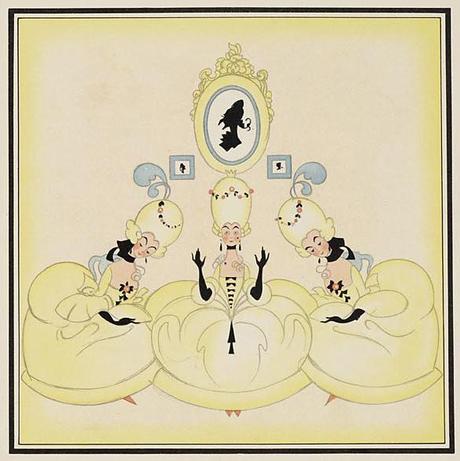
The hegemony of vision has been reinforced in the Bundesliga by a multitude of tactical and technological inventions. Visual images have become commodities. Fabricated, mass-produced forms in German football are part of an experience of time-space compression: a notion of osmosis between the self and the world. (The national team of Germany, at least since Klinsmann, has emphasized the simultaneity and interaction of the senses as if following Heidegger’s speculation, that the modern age is the conquest of the world as picture.) When reviewing a match so deeply one-sided as Wolfsburg’s disastrous defeat against Schalke 04—which puts the latter five points from Dortmund at the top, and firmly in possession of the last qualifying slot for the Champions League—one is reminded of Italo Calvino’s observation about “an unending rainfall of images” that characterizes the seminal ideology of architecture. There was ocularcentrism on the pitch, as Schalke players appeared to be moving in a perpetual present, their shapes flattened by speed and simultaneity. The sequence of the second goal from Marco Hoger’s ball, through Christian Fuchs’ run, to Klaas-Jan Huntelaar’s tap-in is not only beautiful in itself, but specifically perspectival—it should be regarded as a manifestation of the regime of sight-dominance in modern soccer.
Huntelaar is a peculiar striker. Outspokenly successful, and torrential in his scoring record, he also embodies an anti-ocular movement, a ‘medusa glance’ that petrifies chances in his continuous effort to fuse himself, like moving types in the printing press, with the speed and spatial expanses of the action he is part of. What used to be in a striker the magical function of the obstetrician has become in Huntelaar, so it seems, pure spontaneity. The immediacy of such a feat would render pointless any discussion about the merits and demerits of tradition, unless the avatar of tradition is a great man like Raul. The erosion of the years has not smoothed over Raul’s unyielding surface; no patina of familiarity softens his sharpness. If, at times, Schalke’s actions visually loom on the score as a monstrously overwritten concerto, Raul protects the performance with the cold touch of finality, which leads the scene back to its origin: the feet of a player. Matip’s fine back-heel against Wolfsburg is permeated by the Spaniard’s individual language; it is, in fact, a Raul quotation confined for the benefit of the eyes within inverted commas. ♦

